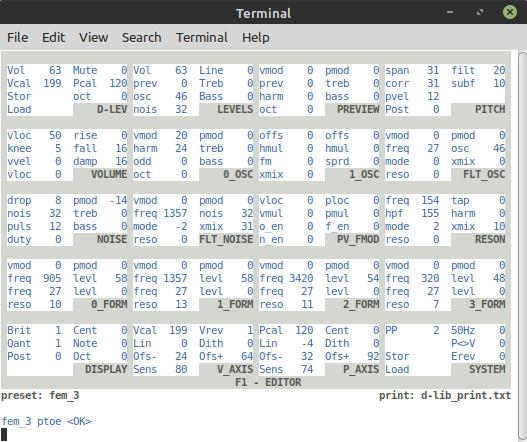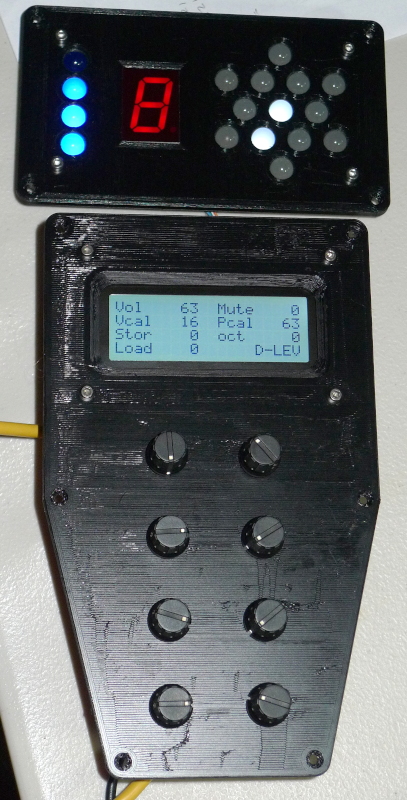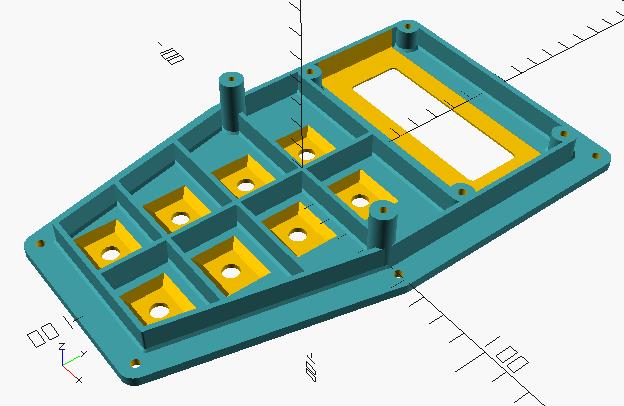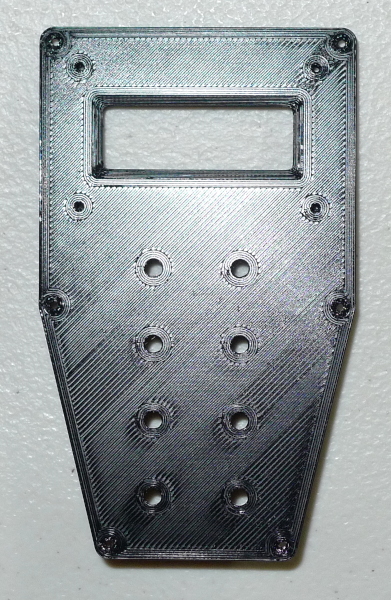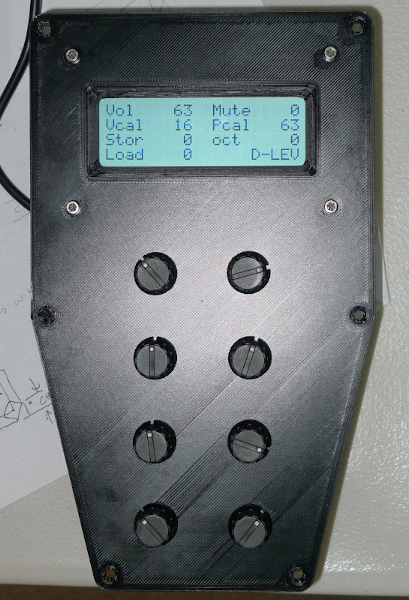"I do a "14 cello_muted.dlp stof" in an attempt to store the contents of slot 14 as the new file "cello_muted", but nothing happens with either return or space after the command." - pitts8rh
You would do a "cello_muted.dlp 14 stop ". The commands take the form "[from] [to] [cmd] " and the 'f' has since changed to 'p' ("preset file") since "file" is rather ambiguous at this point (there are bank files too).
"I wasn't sure if the .dlp extension was needed so I left it off, with the same results."
IIRC it doesn't matter, the librarian will add the extension if it isn't there.
"Next I moved back into the system directory (in case something was wrong with my newly added directory name), did a "ktoe" to load the slot 14 contents into the editor, then tried "etof" both with and without an optional file name."
Try "[preset file] etop ".
You can also do this by naming the editor preset: "[preset file] rene ". Then do a raw "etop ".
The "help " works everywhere now, and all the commands are in there. Sorry to have changed them on you, it won't happen again!
"I was trying to change the octave register for one of your default wind instrument presets (slot -9 on my system) and it would not change up or down without a complete change in the sound. The sound becomes thin or distorted going up or down, as if the oscillator is shifting but the filtering or some other process isn't. I haven't run into any others that do this, but then I don't often try to switch registers."
The octave control changed to a custom type recently to give it more low-end range [-7:3]. In the librarian if you do a "ver " do you get "9c9d6d1"? That's the latest SW version.
Also, "oct" only changes the oscillator register, and not the frequencies of any of the filters. The clarinet presets in particular rely on filter frequencies lining up with the oscillator harmonics, hence the need for multiple presets to change the register. I think the general case is you don't want filter frequencies shifting with "oct" (doesn't happen in nature too often).
"Regarding reduced flow rates, I wonder if nozzle diameters are not as accurate as we think - that's the only reason I can think of why properly calibrated extruders (taking into account the measured filament diameters as well) would need to use flow rates other than 100%. But still, PLA prints correctly with 100% flow, so it must be a PETG thing. I've never really found any information on this or a suggestion that others have to reduce flow for PETG."
I wonder if it has to do with the extruder grip? When switching from PLA to PETG I noticed the end of the PETG, which I'd used previously, had fairly deep notches in it from the extruder drive digging in. PETG is more malleable than PLA, so maybe when it goes through the extruder it gets elongated and somehow more material ends up at the nozzle? I dunno...
[EDIT] "Any thoughts on the register shift weirdness on preset -9?" See above.
